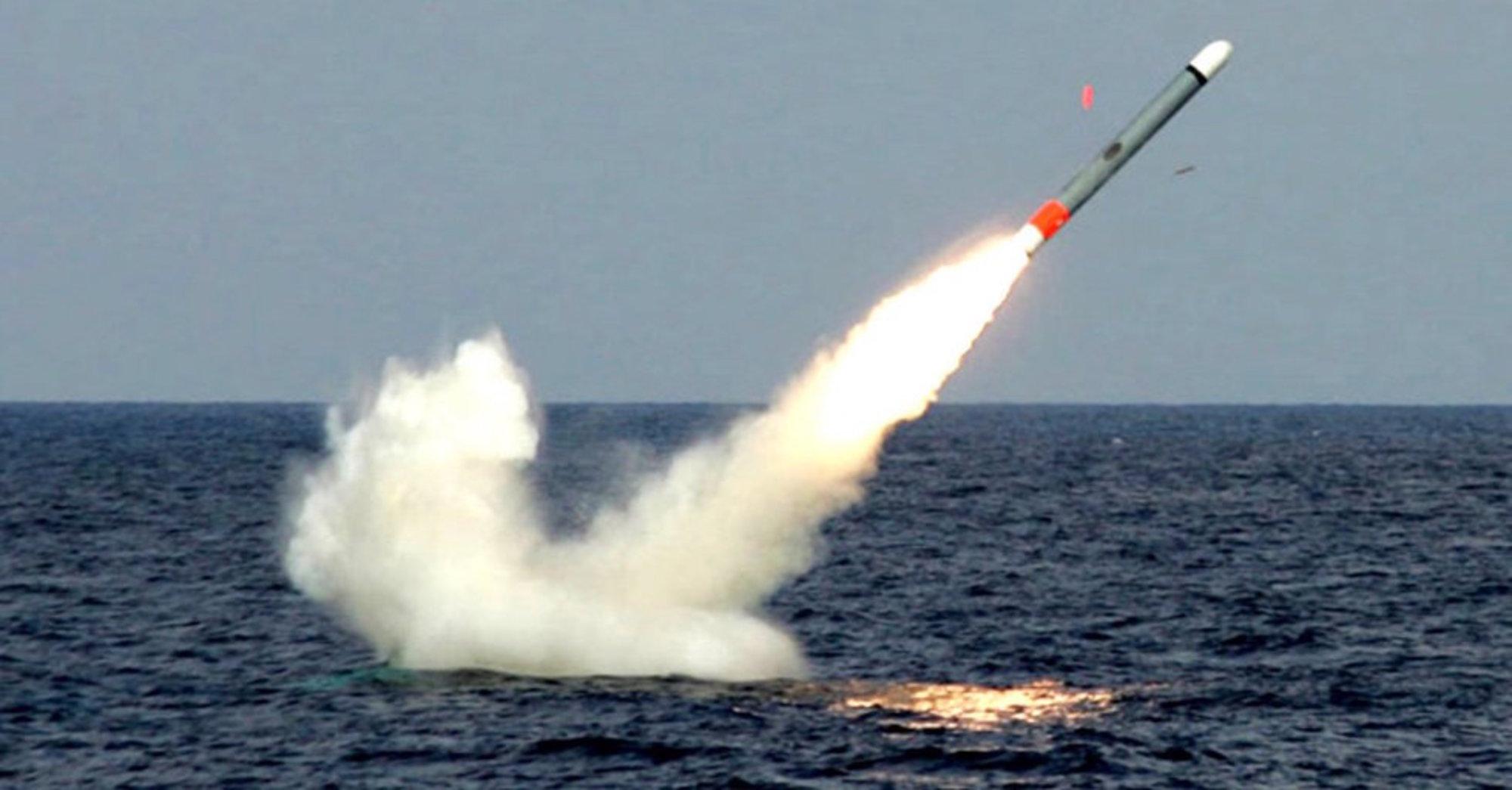The US Navy is gearing up to construct an underwater test facility designed specifically for hypersonic missiles. Vice Adm. Johnny Wolfe, director of the US Navy’s strategic systems programs, revealed these plans during a recent testimony before Congress, according to reports.
Hypersonic missiles, heralded for their unparalleled speed and precision, represent a new frontier in modern warfare. With speeds exceeding five times that of sound, these missiles are engineered to swiftly strike targets thousands of kilometers away, offering a distinct advantage in offensive operations.
The deployment of hypersonic missiles holds particular significance amid escalating tensions on the global stage. With adversaries like China bolstering their air defenses, the ability to launch these missiles from submarines offers a promising avenue for penetrating heavily fortified airspace and neutralizing critical assets.
The proposed facility is set to be built at the Naval Surface Warfare Center in Crane, Indiana, a sprawling complex that ranks as the world’s third-largest naval installation by geographic area, revealed the US official.
:quality(70)/cloudfront-us-east-1.images.arcpublishing.com/archetype/VZXQKWVX2NAWNBLEYJOMSJWPPI.jpg)
Designed to facilitate submerged tests, the facility will play a pivotal role in comprehensively understanding the behavior of hypersonic missiles underwater, a critical step in their integration into next-generation submarines.
During a recent House Strategic Forces Subcommittee hearing on March 12, Wolfe detailed that the hypersonic missiles would first deploy with the Army as the Long-Range Hypersonic Weapon before transitioning to the Navy for sea-based operations.
Initially, these capabilities will find a home on Zumwalt-class destroyers in the mid-2020s, eventually making their way onto Block V Virginia-class submarines by the early 2030s. However, the transition to underwater launches poses unique challenges.
Unlike ground-launched missiles, which utilize “hot launches” where the missile ignites within the launcher, underwater launches necessitate a “cold launch” mechanism. This involves ejecting the missile from the launch tube using high-pressure gas, with the booster igniting only once the missile breaches the water’s surface.
Given the complexities involved, rigorous testing is required to ensure the reliability and efficacy of these next-generation weapons systems. The construction of the underwater test facility underscores the Navy’s efforts to meticulously vet the performance of hypersonic missiles in real-world scenarios.
Importance Of Sub-Launched Hypersonic Missiles
The United States is competing with Russia and China to develop hypersonic weapons, which boast speeds five times faster than sound. Their nimbleness complicates interception.
In recent years, Beijing and Moscow have made considerable advances in this domain, while the USA still faces challenges in hypersonic weapon development.
However, while Beijing is believed to possess ground and aerial-launched hypersonic missiles, it currently does not have a submarine-launched version of hypersonic weaponry, mainly due to its limited submarine capabilities.
In contrast, Russia is in the process of outfitting its new nuclear submarines with hypersonic Zircon missiles, indicating its significant strides in this area.
A submarine-launched hypersonic missile traveling at over five times the speed of sound would present an unprecedented threat to adversaries. The combination of its virtually undetectable launch point and high speed would make tracking it incredibly challenging.
For the USA, the development of submarine-launched hypersonic missiles is imperative to counter Beijing’s bolstered defenses. While surface vessels like the Zumwalt destroyer may struggle to approach enemy shores undetected, stealthy submarines offer a solution to this challenge.
These weapons provide a distinct advantage over conventional cruise missiles in terms of effectiveness and efficiency. Unlike their slower counterparts, hypersonic missiles require fewer numbers to achieve similar strategic outcomes.
Defense expert Kris Osborn pointed out, “Tactically speaking, an ability to fire hypersonics from beneath the sea could introduce a new kind of surprise attack capability for submarines. While Tomahawk Block IV missiles operate with a two-way data link, an ability to loiter above targets, and an intelligence, surveillance, and reconnaissance (ISR) capability to send back target information, they are nowhere near as fast as a hypersonic projectile.”

“Tomahawks were engineered to fly parallel to the surface or ground to evade Soviet air defenses years ago, yet speeds of 500 mph are much easier for enemies to track than a hypersonic projectile, which would be traveling more than five times the speed of sound,” he explained.
Given China’s increasing assertiveness in the South China Sea, the timely development and deployment of hypersonic missiles are becoming increasingly crucial.
According to US intelligence, China has surpassed Russia in both support infrastructure and total inventory concerning hypersonic weaponry. Further, China’s missile programs rival those of leading international producers, with its hypersonic arsenal outpacing Russia’s advancements in this field.
- Contact the author at ashishmichel(at)gmail.com
- Follow EurAsian Times on Google News




